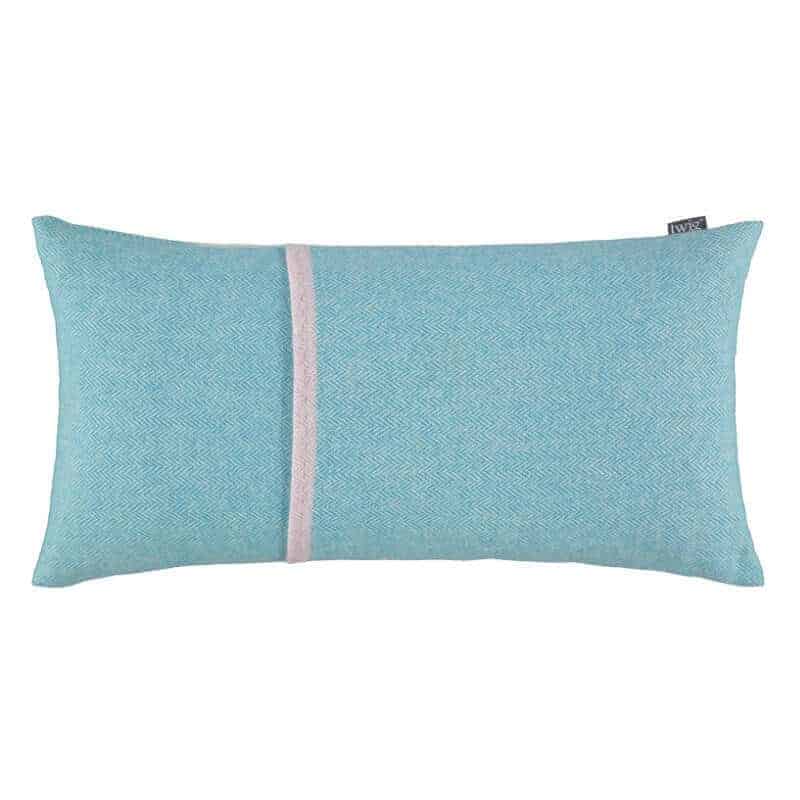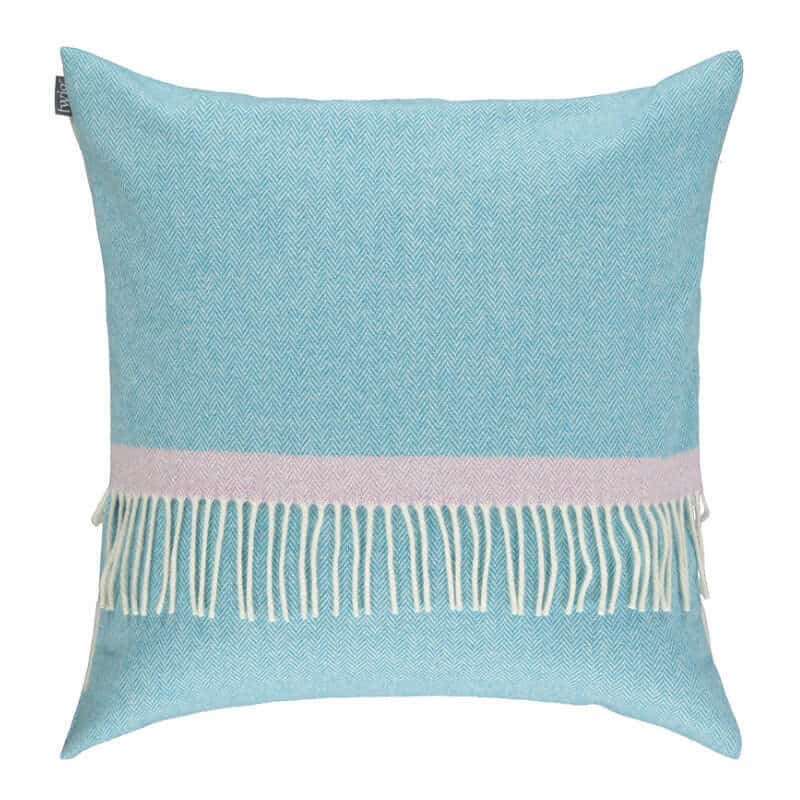Twig BEHIND THE SCENES
Taking a closer look at how Twig weave magic into their exclusive home textiles

We meet Sue, the founder and designer behind Twig. We hear about what inspired her to start the brand, what she is passionate about and what the brand stands for.
SGB: what inspired you to first start Twig?
Sue: I have always had a love of textiles, having studied textile design at Leeds University. Having developed ranges for UK retailers, and design houses, I felt the desire to develop my own collection of home textiles with a natural aesthetic and embedded in colour.
SGB: Twig is such an evocative name why did you choose it?
Sue: The aim was to have a brand name, derived from nature, but which did not dictate the collection. I wanted to be able to evolve the collection.
SGB: What three words best describe Twig?
Sue: Colourful, co-ordination, quality
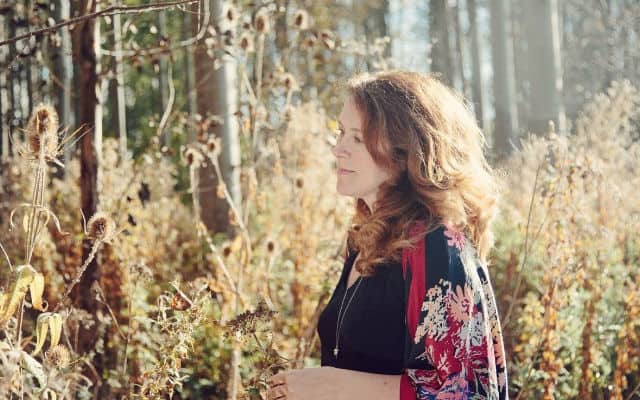

SGB: What did it take to get Twig off the ground?
Sue: I was lucky enough to know several excellent manufactures with whom I could work with to develop the collection. It took a great leap of faith the launch the collection at Top Drawer in 2010, but was really pleased I did and have loved every minute since.
SGB: Have there been any major hurdles that you’ve had to overcome in order to get Twig and running?
Sue: Achieving the perfect hand feel for the products was quite a challenge. This was key to the collection. Also timings'; ensuring the launch and stock was available at the correct time. Finally, being a designer who works with a mill to manufacture the Twig collection, being competitive on price is a key hurdle.
SGB: Where did you love for textile homewares begin?
Sue: I have always loved textiles, having started screen printing at school. I did not find my love of weaving until University and from then, I remained within the home sector.
SGB: What inspires you designs and your creativity?
Sue: As a textile designer, I get excited by the colours I see all around me. I'm fortunate to live surrounded by beautiful countryside.Nature has an undeniable influence on my work and take on colour.
SGB: Are you inspired by any other designers or makers?
Sue: I am continually in awe of designer makers, many of whom I am lucky to have as friends. It's a beautiful creative community and it's impossible not to be continually inspired.
SGB: Can you talk us through the design and manufacturing process of your products?
Sue: I design the collection in my studio in the Sussex countryside. I then liase with the weaving mill in the North of England to produce the collection. The yarns are spun and dyed in the UK, the fabric is woven and then finished to ensure a perfect hand feel.
SGB: What is you favourite part of the designing / production process?
Sue:The colour work is always my favourite part of the design process. The unusually colour combinations which evolve through the process.
SGB: Most design/craftsmanship businesses are a personal journey, when you put your designs out there for the public to either buy or pass by do you get a little nervous?
Sue:I get extremely nervous, especially at Trade Fairs.
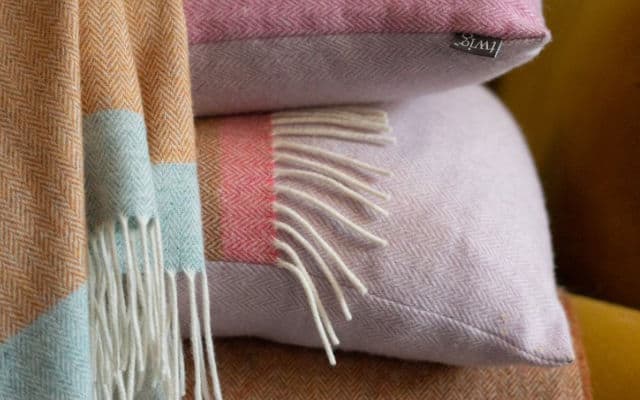
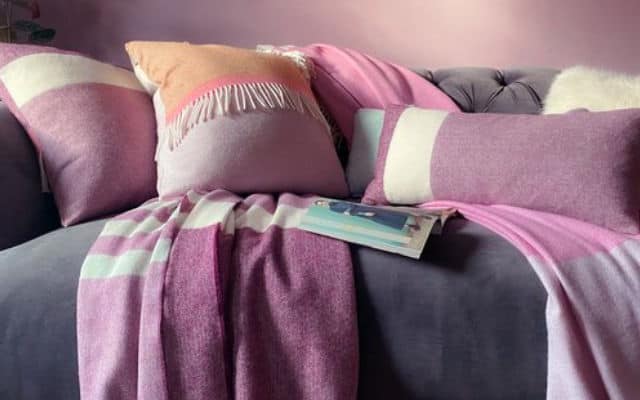
SGB: Colour is something that stands out to us about your design work. What impact do you think colour has on a product and the consumer?
Sue: I think colour is extremely emotive and it is a key part of the collection.
SGB: Which of your products are you most proud of and why?
Sue: All of them!
SGB: Let’s talk materials, at SGB the use of quality materials is important to us and our customers, can you tell us about the textiles you use? Where are they from? Why do you choose them?
Sue: The yarns used for the Twig collection are 100% merino lambswool. This is a luxurious yarn which is spun and dyed within the UK. At Twig, we believe in the longevity of a product. It is an investment. We use wool, not only for its beautiful aesthetic, but because of it's durability, sustainability and warmth
SGB: Working in the textile industry it would be interesting to hear your perspective on sustainability and its importance?
Sue: Sustainability is something we should all strive for. Choosing wool over manmade fibres is so important. Wool will naturally biodegrade back into the land, giving nature additional nutrients she would not receive from non-natural materials.
SGB: With that in mind how is sustainability implemented within your brand?
Sue: The only fibres used in the Twig collection is lambswool, from non-mulesed sources only. All dyes used conform to European REACH standards. Any packaging used is biodegradable.
SGB: Do you think that sustainability poses design difficulties? If, so how have you worked through them? Or do you think it offers a unique opportunity?
Sue: For Twig, this has not been an issue, but I can see hurdles some companies would face.
SGB: Thank you Sue for taking the time out of your day but finally is there anything exciting in the pipeline for Twig?
Sue: Twig is planning to work closer with boutiques hotels this coming year. This is an exciting focus for Twig.

